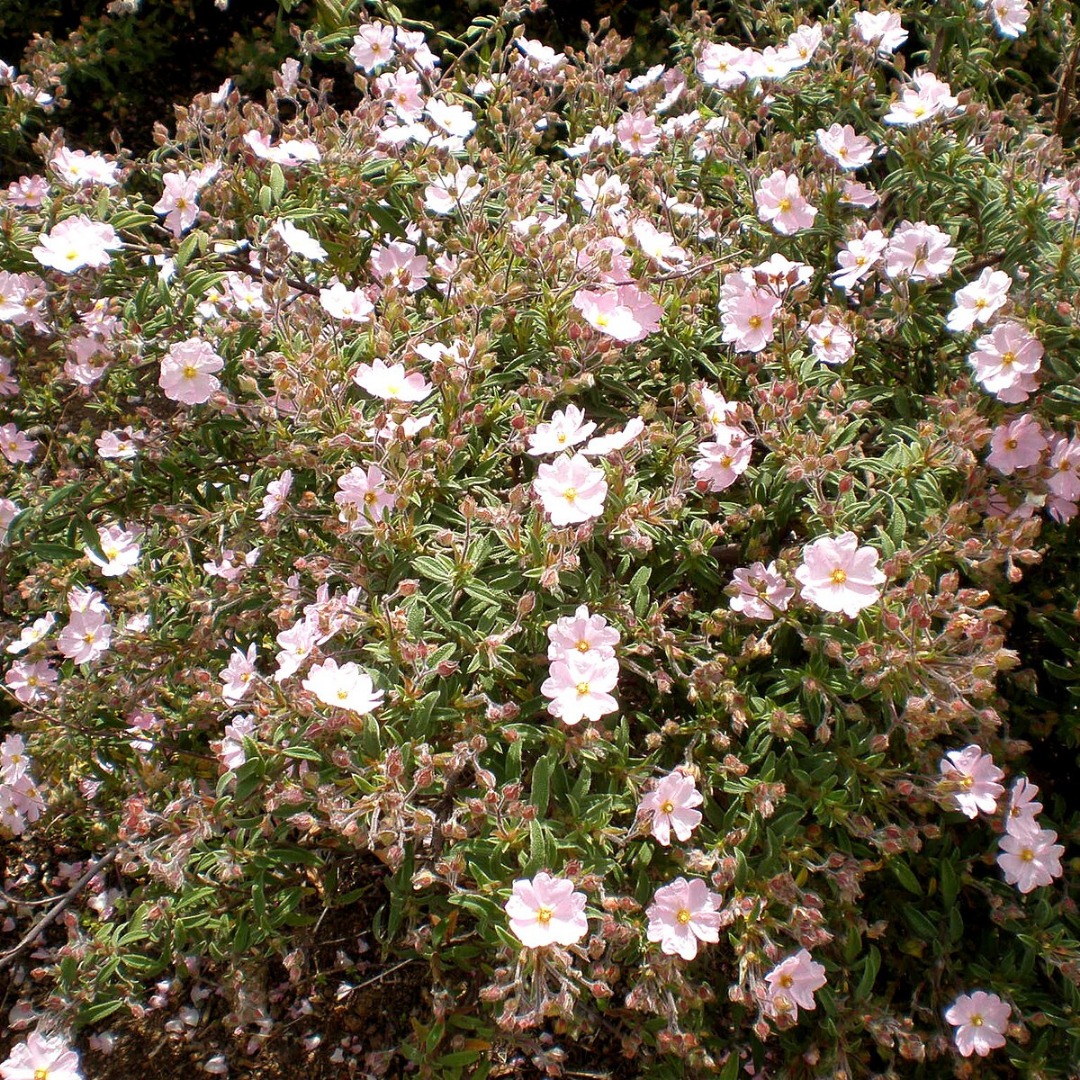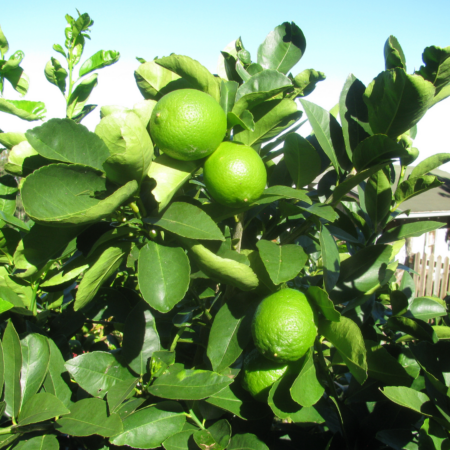Dwarf Pink Rockrose, scientifically known as Cistus x skanbergii, is a charming evergreen shrub cherished for its delicate pink flowers and compact growth habit. This article explores the unique characteristics, cultivation tips, and landscaping possibilities of this lovely plant.
Contents
Botanical Features of Cistus x skanbergii
Cistus x skanbergii is adorned with profusions of small, five-petaled flowers in delicate shades of pink. These blossoms bloom from late spring to early summer, adding a touch of elegance to the garden landscape.
As its name suggests, Dwarf Pink Rockrose exhibits a compact growth habit, making it an excellent choice for small gardens, rockeries, and container plantings. It typically reaches a height and spread of about 1 to 2 feet, creating a neat and tidy appearance.

Ideal Growing Conditions
Dwarf Pink Rockrose thrives in full sunlight and prefers well-drained soil. It is well-suited to Mediterranean climates but can also adapt to other temperate regions with adequate sunlight and good soil drainage.
Cistus x skanbergii is highly drought-tolerant once established, making it an ideal choice for water-wise landscapes. However, it is essential to provide supplemental watering during extended dry periods, especially during the plant’s establishment phase.
Landscaping and Garden Uses
Due to its compact size and eye-catching flowers, Dwarf Pink Rockrose serves as an excellent accent plant in garden borders, rockeries, and mixed perennial beds. Its vibrant blooms provide a striking contrast against the backdrop of green foliage.
The dense, spreading habit of Cistus x skanbergii makes it effective for erosion control on slopes and hillsides. Its extensive root system helps stabilize the soil and prevent erosion, making it a valuable addition to erosion-prone areas.

Maintenance and Care
Minimal pruning is required to maintain the shape and density of Dwarf Pink Rockrose. Deadheading spent flowers can promote continuous blooming, while occasional pruning helps to control its size and shape.
To ensure optimal growth and flowering, amend the soil with organic matter before planting. Incorporating compost or well-rotted manure improves soil fertility and drainage, creating a conducive environment for healthy root development.
Dwarf Pink Rockrose, or Cistus x skanbergii, is a delightful evergreen shrub prized for its charming pink flowers, compact growth habit, and low-maintenance nature. Whether used as an accent plant in garden borders or for erosion control on slopes, this versatile shrub adds beauty and interest to outdoor spaces with minimal care requirements.
FAQs About Dwarf Pink Rockrose
- How tall does Cistus x skanbergii grow?Dwarf Pink Rockrose typically reaches a height of 1 to 2 feet at maturity, with a similar spread. Its compact growth habit makes it suitable for small gardens and container plantings.
- Is Dwarf Pink Rockrose deer-resistant?Yes, Cistus x skanbergii is considered deer-resistant due to its aromatic foliage and drought-tolerant nature. Deer typically avoid plants with strong scents, making Dwarf Pink Rockrose a good choice for landscapes frequented by deer.
- Does Dwarf Pink Rockrose attract pollinators?Yes, the vibrant pink flowers of Cistus x skanbergii attract pollinators like bees and butterflies, making it a valuable addition to pollinator gardens. The nectar-rich blooms provide a vital food source for these beneficial insects.
- Can Dwarf Pink Rockrose tolerate salt spray?Yes, Dwarf Pink Rockrose is tolerant of salt spray and is suitable for coastal gardens. Its ability to withstand salty air and windy conditions makes it an excellent choice for landscapes near the coast.
- How often should I water Cistus x skanbergii?Once established, Dwarf Pink Rockrose is highly drought-tolerant and requires minimal watering. However, provide supplemental watering during prolonged dry spells, especially during the plant’s establishment phase.



